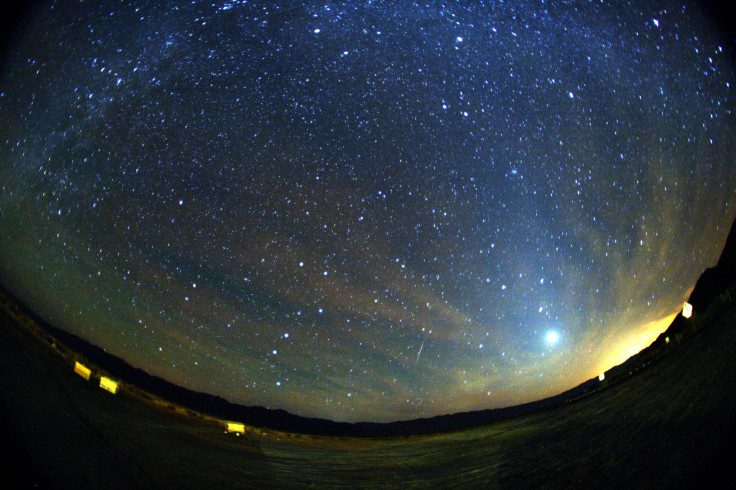October's Second Meteor Shower: Orionids To Peak This Week
KEY POINTS
- Sky-watchers can look out for the Orionid meteor shower this week
- The moon will not be bright during the peak, so its light won't be a problem
- It's best to watch the meteor shower from a wide-open viewing area
The second meteor shower for the month of October will peak this week.
October 2020 is filled with sky events, from a double full moon to a double meteor shower. The second meteor shower for October, the Orionids, will peak early morning on Wednesday. During this time, sky-watchers can observe around 10 to 20 meteors per hour, with the most number of meteors appearing from midnight till the hours before dawn.
Although the Orionids are not the strongest shower of the year and they're known to be "extremely fast," half of them tend to leave trails that can last for several seconds after the meteor itself passes, EarthSky says, noting that sky-watchers may also get to see the trails.
NASA said there might be a "larger than usual" peak of the Orionids some time from 2020 to 2022. But it is difficult to predict their frequency and brightness. Since the moon will not be bright during the peak this time, sky-watchers will get an excellent viewing experience.
Sky-watchers eager to watch the Orionids can start watching the skies days ahead of the peak when they can catch a glimpse of one or two meteors. As the name suggests, one will know that a meteor is a part of the Orionids if they seem to radiate from the constellation Orion.
It's best to watch the meteor shower from places where one can get a clear view of the sky, preferably in areas that are farther from city lights. It's also important to have patience because the eyes will need enough time to adjust to the darkness before one starts seeing the meteors.
Since the Orionids are best viewed before dawn, it's important to dress appropriately for the cold weather. One can also bring a comfortable lawn chair or mat for a good skywatching experience.
There's no particular area of the sky that one needs to focus on since the meteors can appear from any part. This is why it's best to find a wide viewing spot, to maximize the amount of sky one can observe.
After this, the next meteor shower to watch out for will be the Taurid meteor shower, which will peak on Nov. 4 and 5.

© Copyright IBTimes 2025. All rights reserved.






















